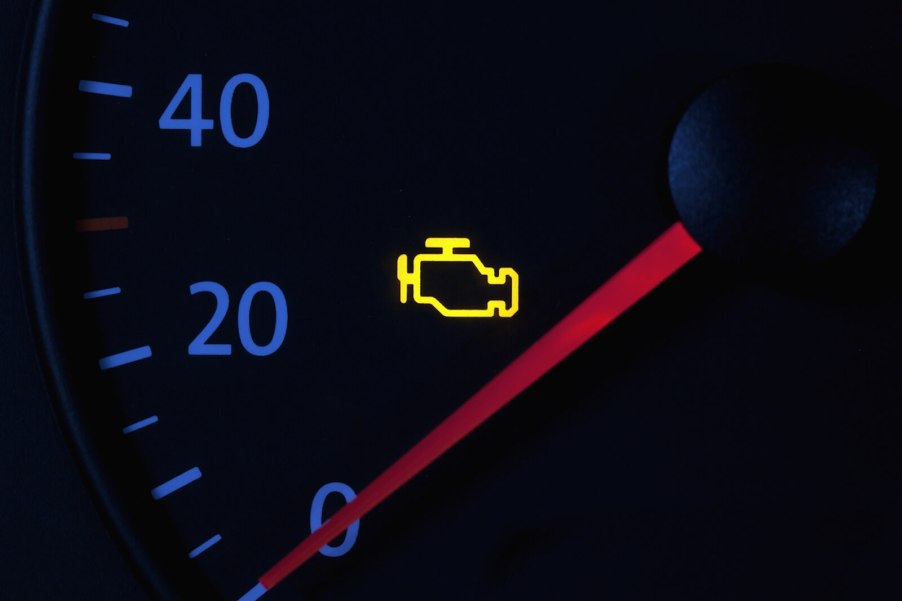
Why Do Cars Have a ‘Limp Mode’?
You’re driving home on the highway you take every day. Nothing out of the norm there. However, your car refuses to give you any power as it flashes error messages and a check engine light today. Well, your car has likely resorted to “limp mode” to avoid causing damages that warrant expensive repairs.
As irritating as ‘limp mode’ can be, the facility can prevent your vehicle from sustaining expensive, sometimes terminal issues
“Limp mode,” also known as “limp home mode,” is a facility that most cars use to protect a vehicle from expensive and catastrophic damages. Here are some of the most common issues that cause a car to enter limp mode:
- Transmission faults
- Malfunctioning sensors
- Insufficient fluid levels
- Overheating
- Electrical issues
As the name suggests, limp mode slows the car to something of a limp. This means drivers won’t have access to higher revs or highway-friendly gears in their modern vehicles. So, how can you tell when your vehicle has reverted to its self-preservationist mode? Well, your car will likely exhibit the following:
- A check engine light
- Lower engine revs (RPM)
- Limited to lower gears/ lower ratios

Modern vehicles are complex, interconnected systems of mechanical and electrical componentry. As such, a catastrophic system failure could prompt your car to cause further damage to itself under normal driving conditions. To get a better idea of what’s wrong with your car, you can plug most post-1996 vehicles into an OBD-2 scanner. Don’t have one? No problem, some auto parts establishments will perform a check engine light scan free of charge. They want you to buy replacement parts and fluids, after all.
So it’s irritating. Granted. But how do you fix it? Well, the most simple solution is to remedy what your vehicle is complaining about. For instance, some instances could be as straightforward as your car, truck, or SUV requesting more automatic transmission fluid (ATF). As such, topping up your fluids could restore normal function.
However, it could also be an indication of a more serious problem, like transmission issues. In that case, limp home mode could be a wallet-saving function. Just to give you an idea, a replacement ZF eight-speed transmission, a common transmission choice in today’s market, could cost around $5,000 or more. And that figure depends on the year, make, and model of your vehicle.



